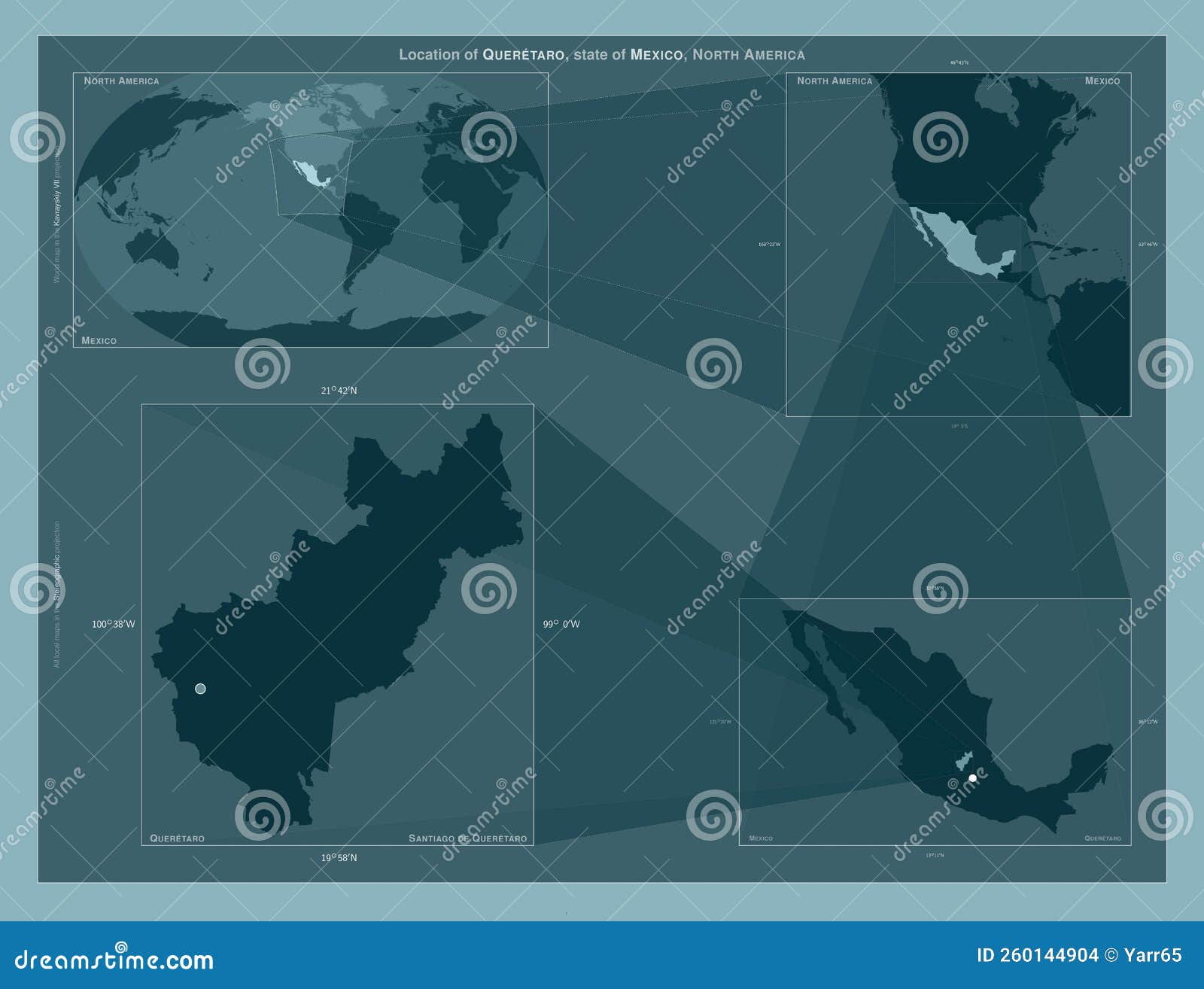Ƶ·è§’ Ç ´È§£
Have you ever been looking at something on your computer screen, maybe a website or a document, and found the words all jumbled up, appearing as strange symbols instead of what they should be? It’s a bit like trying to read a secret code that wasn’t meant for you, where letters and numbers get swapped out for something completely different. This kind of mixed-up text can be pretty confusing, and it happens more often than you might think when information travels from one place to another.
That feeling of seeing gibberish where clear messages should be is quite common, so it's almost a shared experience for many people who spend time online or with digital files. It might look like a string of squares, odd marks, or just completely unreadable characters. You know, like when you see something similar to "æ æ ¯ç å" instead of proper words. This sort of thing can pop up in various spots, from messages you get to files you open.
Figuring out why these characters get twisted and how to make them readable again is a kind of puzzle, and that's where the idea of "海角 ç ´è§£" comes in. It's about finding a way to sort through the confusion and get things back to how they should appear, so you can actually read what was meant to be there. We'll talk about what causes these mix-ups and some simple ways to put the pieces back together, so you can get a clearer picture of what’s going on.
- Glenn Powell Hot
- Chiney Ogwumike Wedding
- Bill Belichick Mermaid Picture
- Robertson Dead
- Prize For Voice Winner
Table of Contents
- What exactly is "海角 ç ´è§£" when it comes to digital text?
- Seeing the Signs of a Mixed-Up "海角 ç ´è§£" Situation
- Why do characters sometimes get all mixed up?
- The Role of Encoding in "海角 ç ´è§£" Challenges
- How can we begin to sort out these "海角 ç ´è§£" problems?
- Simple Steps for "海角 ç ´è§£" when Text Looks Strange
- What if my "海角 ç ´è§£" efforts don't immediately work?
- Sticking with the "海角 ç ´è§£" Task
What exactly is "海角 ç ´è§£" when it comes to digital text?
When we talk about "海角 ç ´è§£" in the context of digital words, we are really talking about the process of making sense of something that appears to be a garbled mess. You see, sometimes, instead of seeing "你好Java" which means "Hello Java," you might see a bunch of symbols that don't make any sense at all. This is often called "乱码" or garbled characters, and it happens when a computer system or a piece of software doesn't show the words correctly. It's like two people trying to talk but using completely different ways to say things, so they just hear noise.
This problem of words not showing up right is a very common issue for anyone working with computers, so it's a good idea to know a little about it. The idea of "海角 ç ´è§£" here is about breaking down that jumble, figuring out what went wrong, and then putting it back into a readable form. It's a way of saying we're going to solve this mystery of the mixed-up text. It’s a bit like being a detective for words that have gone astray, trying to piece together the clues to get them back to their proper shape. You know, like trying to fix a puzzle where some pieces seem to be missing or are in the wrong spot.
Seeing the Signs of a Mixed-Up "海角 ç ´è§£" Situation
How do you even know you're dealing with a "海角 ç ´è§£" problem? Well, it's pretty obvious when you see it. Instead of clear letters and numbers, you'll see strange characters that look out of place. It could be squares, question marks, or symbols that seem to come from a different writing system entirely. For example, the text mentions seeing "æ æ ¯ç å" when trying to pass information in a program. That's a clear sign that something is not right with how the characters are being handled. It's a visual cue that the digital language isn't being spoken correctly, so you get a translation that is just wrong.
- Aaron Rodgers Is He Married
- Olivia Milton John
- Pk And Dorit Age
- Shannen Doherty Funeral Service Date
- Kendra Wilkinson Grandmother
Another sign of a "海角 ç ´è§£" challenge might be when you open a file that you expect to be in one language, but it shows up as a completely different one, or just a series of unidentifiable marks. This often happens when a program expects one way of arranging characters but gets another. You might have seen this if you've ever tried to open an old document or visited a website that didn't load properly. It’s a very clear indicator that the computer isn't quite sure how to show you the words it has, so it just guesses, and usually, it guesses incorrectly.
Why do characters sometimes get all mixed up?
The main reason characters get all mixed up, creating a "海角 ç ´è§£" scenario, has to do with something called character encoding. Think of it like different ways of writing down the same words. When you type something on a computer, those letters and symbols are turned into numbers, and those numbers are then stored. The way these numbers are put together to represent a letter is what we call an encoding. There are many different ways to do this, like UTF-8, GBK, or others. So, you know, it's like different countries having different ways to count.
The problem comes up when one computer system or program uses one way of writing down these numbers, but another system tries to read them using a different way. It’s like someone writing a message in a specific code, and then someone else tries to read it using a completely different code. The numbers are there, but they are interpreted incorrectly, leading to the garbled text. The text mentions situations where "字符编码不一致" (character encoding inconsistency) causes "中文乱码" (Chinese garbled characters). This is a common cause of "海角 ç ´è§£" issues. It’s a bit like trying to play a record on a machine meant for tapes; the information is there, but the way it's read is just not right.
The Role of Encoding in "海角 ç ´è§£" Challenges
Encoding plays a pretty big part in why we see "海角 ç ´è§£" problems. When text is created, it's saved with a specific encoding. If that text is then moved or opened by a program that expects a different encoding, that's when things go wrong. For instance, if a file was saved using GBK encoding, but the program trying to show it thinks it's UTF-8, you'll get those strange characters. The computer doesn't know how to translate the numbers into the right letters, so it just shows you whatever it thinks those numbers mean in its own language, which is usually not what you want. This is why some solutions involve changing settings, like switching `java.util.logging.ConsoleHandler.encoding` from UTF-8 to GBK, to make the text appear correctly. It's about getting everyone on the same page, so to speak, with how they understand the numbers that make up the words.
Understanding these encoding differences is a key step in performing "海角 ç ´è§£" effectively. It’s about recognizing that the problem isn't that the words are gone, but that they're just being shown in a way that doesn't make sense to us. Knowing that different systems, like Python or Java, handle character sets in their own ways helps us figure out where the mismatch might be. Python, for example, often uses Unicode internally, which is a very broad way of handling characters from many languages. But if it interacts with something expecting an older, more limited system, you get a "海角 ç ´è§£" situation. So, you know, it's a bit like having a translator who speaks one dialect but is trying to understand another, leading to a lot of confusion.
How can we begin to sort out these "海角 ç ´è§£" problems?
To begin sorting out these "海角 ç ´è§£" problems, the first thing to consider is where the text came from and what program you're using to look at it. Often, the solution involves telling the program which encoding to use when reading the text. If you're looking at a web page, your browser might have an option to change the character encoding. If it's a document, the program you're using to open it, like a text editor, might have a setting for it. It's a bit like trying different keys in a lock until you find the one that fits. You know, you just try a few common ones first.
For those who work with programming, fixing "海角 ç ´è§£" might involve making sure your code is explicit about the encoding it uses when reading or writing text. The text mentions Python and its internal use of Unicode, and how string types can be `str` or `unicode`. This suggests that in programming, you often need to be clear about how you're handling character data. Making sure that the encoding used to save the information matches the encoding used to read it is a fundamental step. It’s about making sure everyone is speaking the same digital language, so to speak, so the message comes through clearly.
Simple Steps for "海角 ç ´è§£" when Text Looks Strange
When your text looks strange and you're trying to achieve "海角 ç ´è§£", a simple first step is to check if your software or system has an option to change the character set. Many text editors, web browsers, and even some operating systems allow you to manually select the encoding for a file or a page. You might try common encodings like UTF-8, GBK, or Big5, especially if you're dealing with Chinese characters. It’s like trying on different pairs of glasses until you find the one that makes everything clear. You just go through the list, one by one, until things look right.
Another practical step for "海角 ç ´è§£" is to make sure that any information being passed between different parts of a system, say from a webpage to a server, is consistently encoded. The text mentions issues with passing values to a backend in JSP causing "乱码." This often means the encoding on the front end doesn't match what the back end expects. Ensuring that all parts of the system are set to use the same encoding, like UTF-8, can often clear up these problems. It's a bit like making sure everyone in a conversation agrees on what language they are speaking, so there are no misunderstandings.
What if my "海角 ç ´è§£" efforts don't immediately work?
Sometimes, your initial "海角 ç ´è§£" efforts might not immediately fix the problem. This can happen for a few reasons. The text might have been saved incorrectly in the first place, or there might be multiple places where the encoding is getting mixed up. It's like trying to find a small leak in a very long pipe; you might check one spot, but the actual issue is somewhere else. You might need to look at the source of the information, the path it travels, and the program that finally shows it to you. You know, it's a bit of a detective job, tracing the problem back to its beginning.
If changing the encoding settings in your viewing program doesn't work, you might need to look at the original source of the file or data. Was it created on a different operating system? Was it sent through an email system that might have changed its encoding? These kinds of questions can help you narrow down where the "海角 ç ´è§£" started. Sometimes, the problem is not with how you are reading it, but how it was written or transmitted. It’s about being patient and checking each step of the way, rather than giving up after the first try.
Sticking with the "海角 ç ´è§£" Task
Sticking with the "海角 ç ´è§£" task means being persistent. Sometimes, the solution isn't just one simple change, but a combination of things. You might need to adjust settings in a few different places, or even convert the text from one encoding to another using a special tool. The text mentions seeing "乱码串" (garbled strings) like "ËÎТÄÐ" and asking for solutions to convert them back to GB2312 encoding. This shows that sometimes a direct conversion is needed to complete the "海角 ç ´è§£" process. It's like having a puzzle with many pieces, and you have to keep trying different combinations until they all fit perfectly.
Remember that even seasoned computer users and programmers deal with "海角 ç ´è§£" issues. It's a common hurdle in the digital world. The key is to approach it systematically, trying different solutions based on what you know about character encodings and how information is handled. There are many online resources and communities, like CSDN Q&A mentioned in the text, where people share solutions to these kinds of problems. So, you know, you are not alone in facing these sorts of text mix-ups, and help is often just a search away.
- Becca Kufrin Engagement Ring
- Zac And Shelly Brown Wedding
- Aaron Rodgers Fianc%C3%A3e
- Is Colin From Bridgerton Gay In Real Life
- Why Kevin Costner Out Of Yellowstone

å ¥åº·é¥®é£Ÿã€ èŠ‚é£Ÿã€ ç´ é£Ÿå’Œäººçš„æ¦‚å¿µ-å¥³æ€§æ‹¿ç €æµ†æžœæ¨±æ

墨西哥克雷塔拉. 描述位置图 库存例证. 插画 包括有 圣地亚哥, 管理, 地理, 资本, 区域, 映射 - 260144904

é²œè ‰èŽ“é²œæžœå›¾æ¡ˆè‰²å½©é²œè‰³ã€‚æ°´æžœå›¾æ¡ˆã€‚è ‰èŽ“çš„æµ…è“ è‰²æ